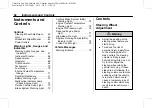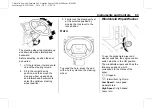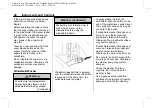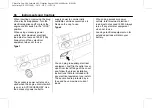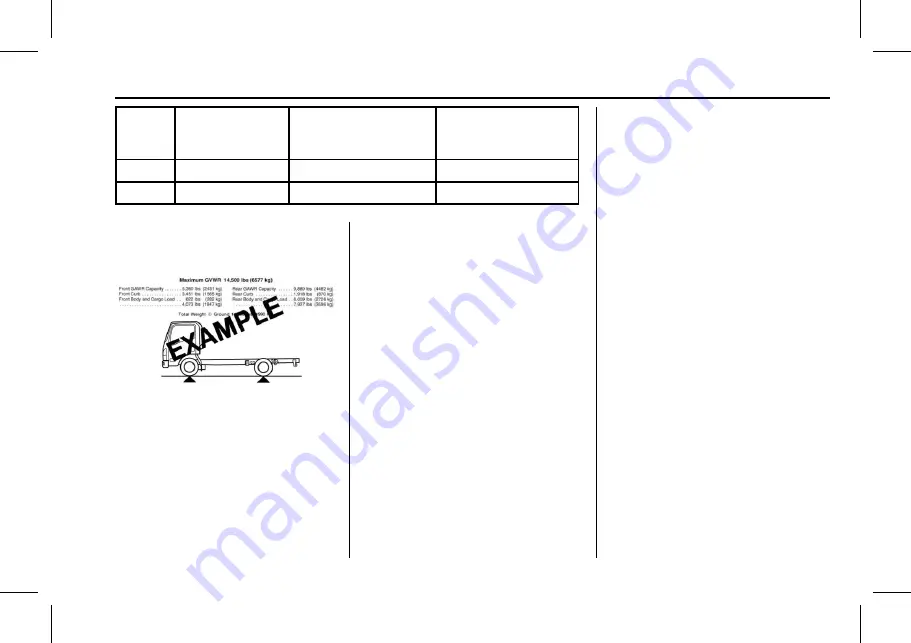
Chevrolet Low Cab Forward 6.0L Gasoline Engine 3500/4500 Series (GMNA-
Localizing-U.S.-12533400) - 2019 - CRC - 11/19/18
Storage
57
Model
Maximum
GVWR
kg (lb.)
Front GAWR
Capacity
kg (lb.)
Rear GAWR
Capacity
kg (lb.)
3500
5 443 (12,000)
2 204 (4,860)
4 010 (8,840)
4500
6 577 (14,500)
3 007 (6,630)
4 482 (9,880)
Maximum Front and Rear Axle
Weights
The weight of the cargo load must
be properly distributed over both the
front and rear axles. The
“
Vehicle
Certification and Greenhouse Gas
(GHG) Emissions Plate
”
shows the
maximum weight that the front axle
can carry (front GAWR). It also
shows the maximum weight that the
rear axle can carry (rear GAWR).
The GVWR is the maximum
permissible loaded weight of the
vehicle and takes into account the
capabilities of the engine,
transmission, frame, springs,
brakes, axles and tires. Actual loads
at the front and the rear axles can
only be determined by weighing the
vehicle. This can be done at
highway weigh stations or other
such places. See your dealer for
help. The cargo load should be
distributed on both sides of the
center line as equally as possible.
Tires
The tires on your truck must be of
the proper size and properly inflated
for the load that you are carrying.
The
“
Vehicle Certification and
Greenhouse Gas (GHG) Emissions
Plate
”
shows the originally equipped
tire size and recommended inflation
pressures. The tire inflation tables
show the load limits for various size
tires at various inflation pressures.
For the vehicle plate location, see
Vehicle Identification Number (VIN)
.
See
“
Tire Load and Inflation Table
”
under




















